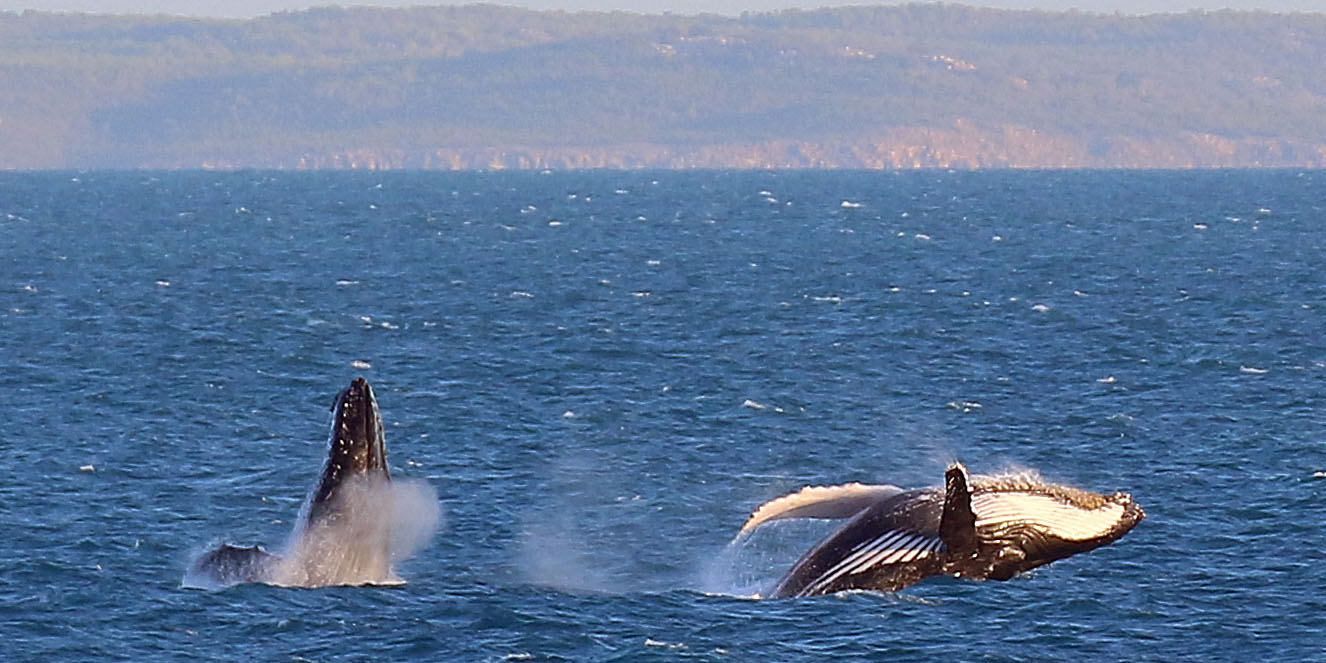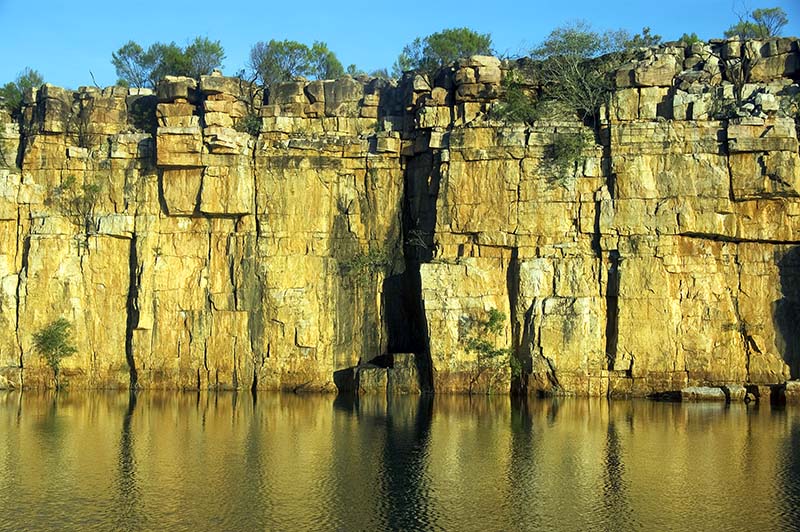Kimberley coast
Australia
If I didn't enjoy this place, I wouldn't have been there over a hundred times!
For my lecture introducing the Kimberley coast...
personal experience...
I have worked along this coast on 6 different ships for the last decade, as an expedition team member, guest lecturer, boat driver, and last minute you-must-be-desperate expedition leader.
background...
The most striking part of the tropical coast of Australia, and one of the most scenic coasts in the world, is the north west region of Australia known as the Kimberley. This is being reflected in the increasing amount of ship based tours cruising along this coast.
The Kimberley region is a vast, sparse region. It dominates the north west corner of the continent. It covers an area of over 422,000 square kilometres, which is almost the size of Spain, or over a third of the size of the United Kingdom. It starts in the west from about the Dampier Peninsula and near the town of Derby, and stretches towards the border between Western Australia and the Northern Territory. It is bordered in the north by the Timor Sea and Indian Ocean, and in the south by the Great Sandy and Tanami Deserts. It is often known as the ‘Kimberlies’, which derives from when the region was split into two different regions and governed by two different states; today it all falls within the jurisdiction of Western Australia.
It includes some of the oldest exposed rocks on the planet, up to 1.9 billion years old. The inland is dominated by savanna woodlands and is in many respects similar to such habitats across the rest of monsoonal northern Australia. However, the coast is very different and quite unique in it's spectacular scenery and isolation from people, urbanization and farming. The lack of cattle means no cow shit, no flies and no weeds! It is dominated by rocky cliff escarpment, small beaches, extensive mangroves, and many tiny patches of monsoon rainforest.
Because is generally accepted that humans moved into Australia from South-east Asia, the route is suggested to be more through the Timor region, and thus, the Kimberley region may have been an important gateway for the initial entries of humans into Australia. There has been subsequent waves of settling and visiting peoples. “Macassan” fisherman (from Indonesia) have probably been visiting for a millennia, and this continues today. The Kimberley region is rich in Australian aboriginal rock art, including some distinctive styles, and therefore important in indigenous history. The earliest dates for occupation by people are around 40,000 years. The rock art styles are often put in order. The earlier groups are known as the ‘Bradshaws’ or Gwion Gwion, while the later is known as Wandjana.
Like much of the top tropical third of the continent, early exploration and settlement was met with difficulties. It does have a few resources, such as diamonds. However, it is merely coincidence that the region is named after the same person that the diamond rich Kimberley area in southern Africa was also named after. Today, it has a very sparse population. The main coastal centres are Derby, King Sound, in the south west and Wyndham, Cambridge Gulf, in the north east.
Much of the area is now controlled through a permit system with various local aboriginal groups. There is large range of specific sites we are allowed to land at. Many of these places show off remote and rarely visited caves and shelters with rock art.
Some of the areas, such as Prince Frederick Harbour, are home to some of the largest and most pristine mangrove forests in the world.
During the winter months of July and August, the Kimberley hosts the largest population of breeding Humpback Whales in the world.
 two whales breach at same time, Talbot Bay, Kimberley
two whales breach at same time, Talbot Bay, Kimberleyplaces to visit...
There are many iconic spots to visit in the Kimberley, including Kununurra, Lake Argyle, Keep River NP and the Bungle Bungle. But it is the coast that is really special, and includes: the Mermaid Tree, King Cascade, King George River, Berkley River, the Horizontal Falls, Montgomery Reef, Talbot Bay and Prince Frederick Harbour.
Just outside the Kimberley area, but often included on Kimberley coast expedition voyages is the Lacepede Islands, a great bird breeding island.
 the spectacular cliffs and reflections of the Kimberley coast (Damon Ramsey)
the spectacular cliffs and reflections of the Kimberley coast (Damon Ramsey)access
Most people access the Kimberley coast from the small town of Broome. There are is also the even tinier town of Wyndham, which has Wyndham Caravan Park for birdwatching. There are many ships visiting the Kimberley coast. It is now the longest expedition season on the planet, from late March to mid September. The quality of tours and expedition team varies. The smaller the ship the less interp but more hiking and fishing opportunities. I worked for many years along the coast with Coral Princess Cruises/ Coral Expeditions, and then later with Orion, Linblad/National Geographic, Noble Caledonia, APT and Ponant. Currently, I work in the area with Silver Sea expeditions.